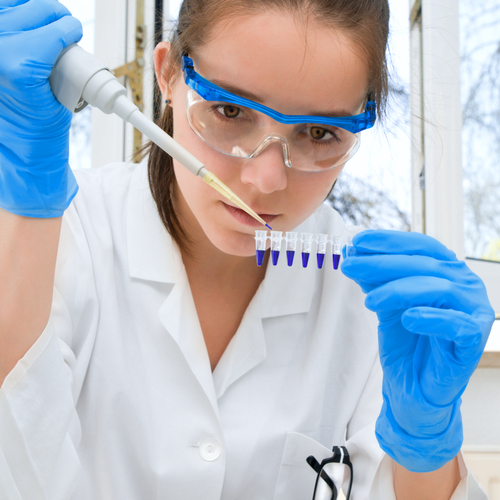The future direction of ASTM E55 Committee on manufacture of pharmaceutical products
23 November 2007 | By Steve Simmons, Head of Process Knowledge QbD, Wyeth Pharmaceuticals
ASTM Committee E55 formed in April of 2003 as a result of FDA’s GMPs for the 21st Century Initiative and the subsequent Guidance, “PAT – a framework for innovative pharmaceutical manufacturing and quality assurance.” Focusing on process understanding and flexible manufacturing, FDA encouraged the pharmaceutical industry to utilise the consensus…












